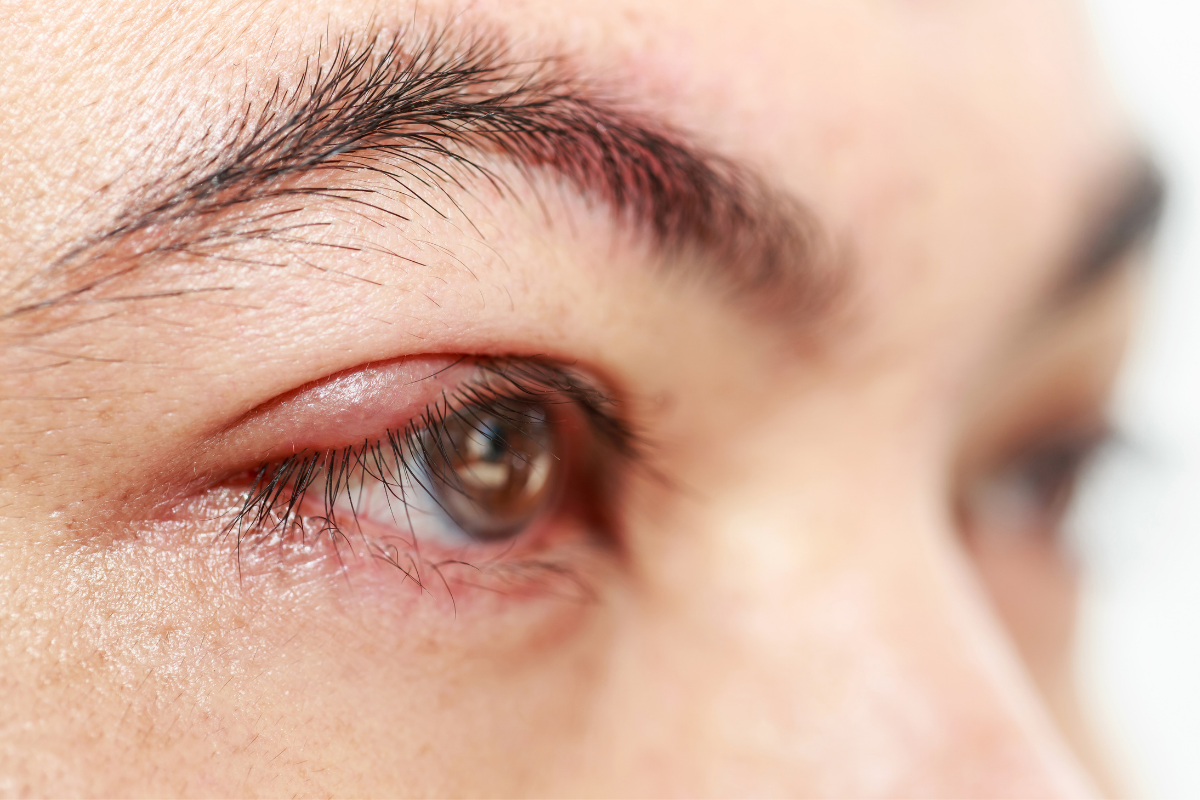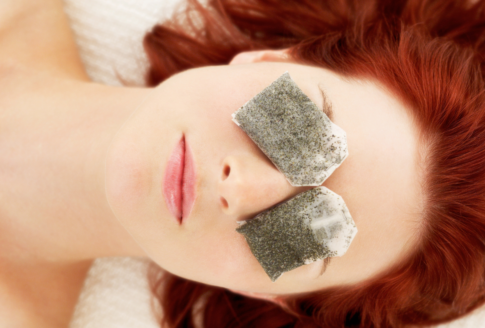Barley in the eye: Natural treatment for immediate relief!

Table of Contents
What is barley in the eye?
Barley is one of the most common inflammatory diseases of the eyes that cause us an unpleasant and usually painful feeling.
More specifically, it is the result of infection by the staph bacterium. Staphylococcus, although a bacterium that belongs to the normal microflora of our skin, if trapped in the eyelid along with dead cells, then it can cause an infection in the sebaceous gland, the so-called barley. [1]
What are the inner and outer barley?
The barley in the eye is divided as follows:
Internal: It is due to an acute staph infection of the so-called meibomian glands, glands located in the eyelids of our eyes and their role is to produce a fatty fluid, which is part of the tear film.
External: Barley on the outside of the eye may be due to an infection of the eyelash follicle (may be caused by a discontinuity of the eyelash skin), an infection of the sebaceous gland or an infection of the proximal gland near the larynx. takes care to lubricate the eyes). [3]
What causes barley?
The most common factors that can trigger a staph infection of the eyelid are: [2], [3]
- Incomplete removal of eye makeup
- Use of cosmetics that are contaminated or have expired
- Poor eyelid care/cleaning
- Hormonal changes
- Inflammatory diseases of the eyelid, such as blepharitis and rosacea
- Increased stress
Symptoms and clinical picture
Although there is no specific test that provides a formal diagnosis for barley in the eye, experts can only recognize it by its characteristic symptoms, which are the following: [3] [1]
- rash on the eyelid, around the eye or in the recesses of the eye
- blush
- sensitivity to touch
- swelling and pain in the eyelid
- eye irritation and secretion of tears
- photosensitivity
- purulent secretions in the center of the rash
Natural methods of treatment
Relief from pain and discomfort
Warm compresses are one of the first relief tactics. In particular, wet a cloth with lukewarm water and place it on your eyes for about 15 minutes and for 3 to 6 times each day. Compresses help not only to reduce pain, but also to open the blocked pore for drainage and faster healing of the area. Alternatively, you can use chamomile or tea bags for compresses. Tea, especially black tea, contains tannins that help relieve the disease. Finally, gently dry the eyelids by wiping with a clean gauze any trace of pus or other secretions. [4], [5]
Avoid further irritation
Avoid using contact lenses for a few days, as the infection can spread to your cornea at any time. Under no circumstances should you touch or squeeze the rash, as the infection can spread to the rest of the eye. For women, until the wound is completely healed they should not wear a trace of makeup near the eye area.
Do not tire your eyes
Avoid using the computer for long periods of time or take short and frequent breaks. In addition, avoid studying in low light. Fatigue can intensify the irritation, prolonging the recovery period.
Perform regular eye cleansing
At Vita4you you will find a wide variety of eyelid and eye cleansers, such as Intermed Optofresh Eyelid cleanser 50ml. Moisturizes and cleanses dry and damaged eyelids, promoting drainage of the meibomian glands. Removes dirt and germs, thanks to the power of chamomile and euphoria. Gently massage the eyelids, leaving the foam to act for 1-2 minutes. Rinse with lukewarm water and repeat 2-3 times a day.
Use of medicinal products
Of course, for more immediate relief, you can use a medicated eye ointment and eye drops o reduce irritation and reduce pain. It is recommended that they be used in consultation with your ophthalmologist or pharmacist. [5]
When should I see my doctor?
Usually the barley subsides within 3-4 days. If it does not go away after a week or if the symptoms get worse, see your doctor. If necessary, he will give you antibiotics or a special ointment with cortisone. In rare cases, surgery is required to remove the barley. [2]
References
Disclaimer
The content of this blogspot is not and can not be considered as medical advice, diagnosis or treatment. All information is provided to readers solely for informational purposes. There is no intention to substitute this content for personalized medical advice, diagnosis, prognosis or treatment.


Leave a comment